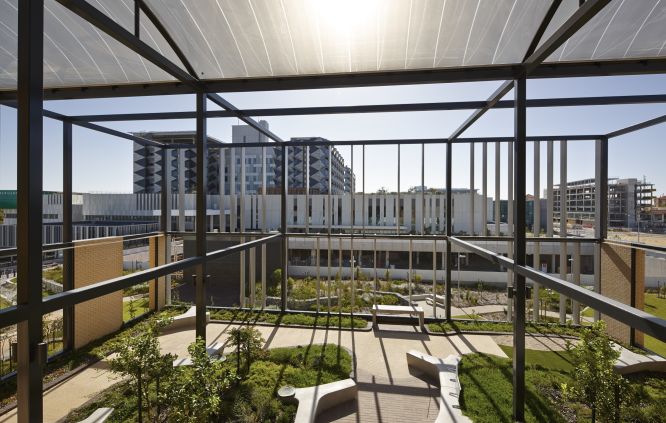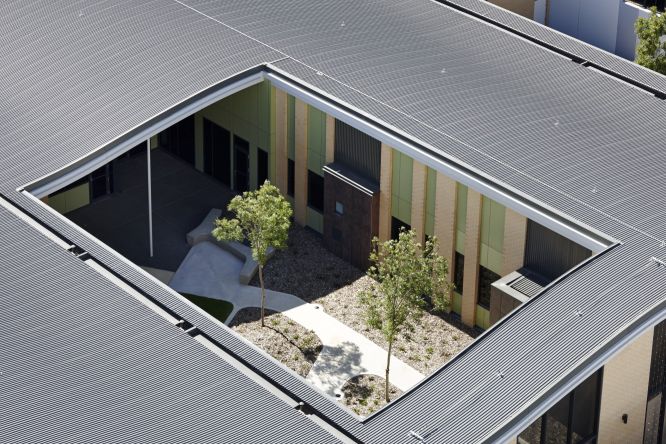Design for mental health
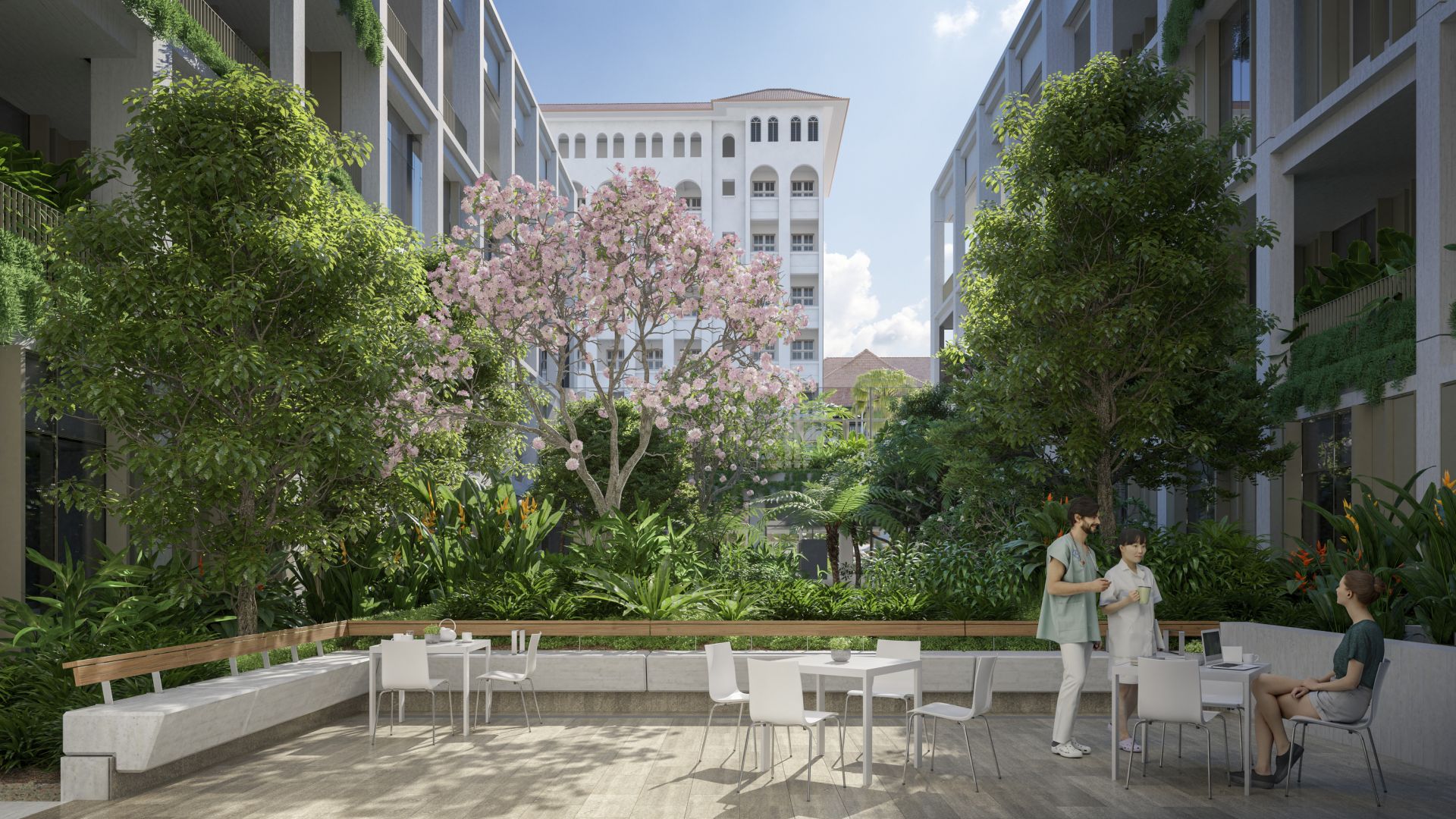
A therapeutic environment is not only a physical space, but a psychological, social and cultural one. Designers play a positive role in healthcare by creating safe environments for wellness and healing that maximise the restorative powers of nature and place.
By Leanne Guy
One in four people are affected by mental or neurological disorders in their lifetime, according to estimates from the World Health Organisation. The social and economic impact is huge, with mental health issues often requiring ongoing treatment and rehabilitation costs.
Mental health facilities are critical within the healthcare system. They are often complex environments that must serve the needs of a variety of patient cohorts and support emerging technologies, health service initiatives and models of care. This means that adaptability and flexibility are essential to delivering a sustainable asset that will provide long term community health benefits.
But importantly, mental health facilities are also recognisable community institutions. They need to do all of the above, while remaining places for healing – where people come first. The spaces we design aim to reduce anxiety and promote independence for patients and other healthcare clients.
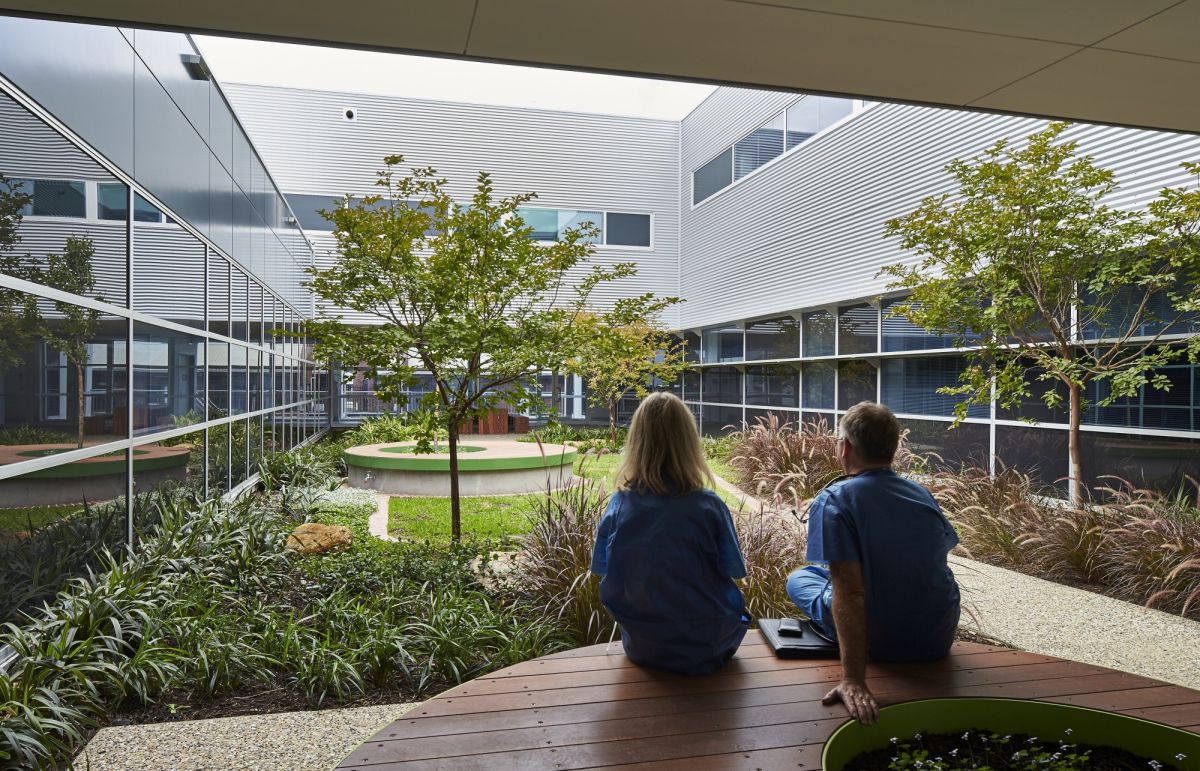
THE NEW BREED OF FACILITIES
Today’s mental health facilities are no longer the utilitarian and security focused buildings of the past. Instead, health care designers are creating beautiful and expressive community buildings for healing.
Australian designers are at the forefront of revolutionising hospital design. This creative architecture balances form and function while prioritising patient and staff safety. It aligns with a recovery-orientated care approach while reducing the stigma of mental healthcare.
Designers are also responding to trends in the sector. These include an increase in youth and adolescent patients, and those with comorbid conditions. Mental health treatment also addresses substance dependencies, acquired brain injuries and other disabilities.
Clients need a variety of environments for safe engagement between staff, patients and family. The ability to provide zoning and clustering better allows for safe and flexible care options. Designers are creating spaces that can reduce aggression and violence, without being restrictive.

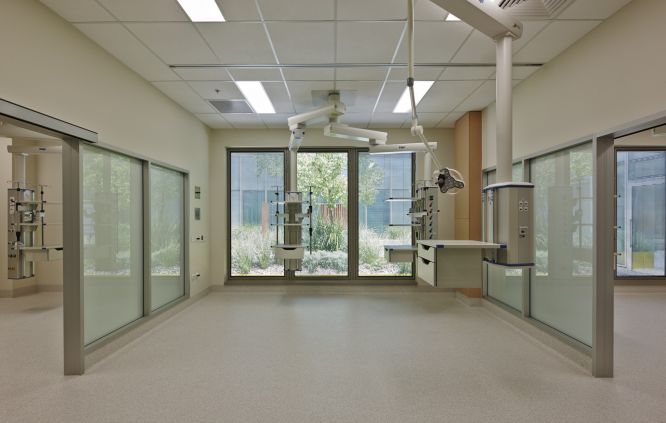
ENHANCING THE PATIENT EXPERIENCE
The correlation between design and wellbeing is well-researched, but the focus on patient experience in healthcare design is relatively recent. Designers now adopt the patient’s point of view. They consider the social and psychological needs of patients alongside physical and spatial ones.
Health design interventions aim to enhance patients’ physical, sensory and psychological comfort. And there’s considerable evidence showing that sensitively designed environments can improve patient outcomes.
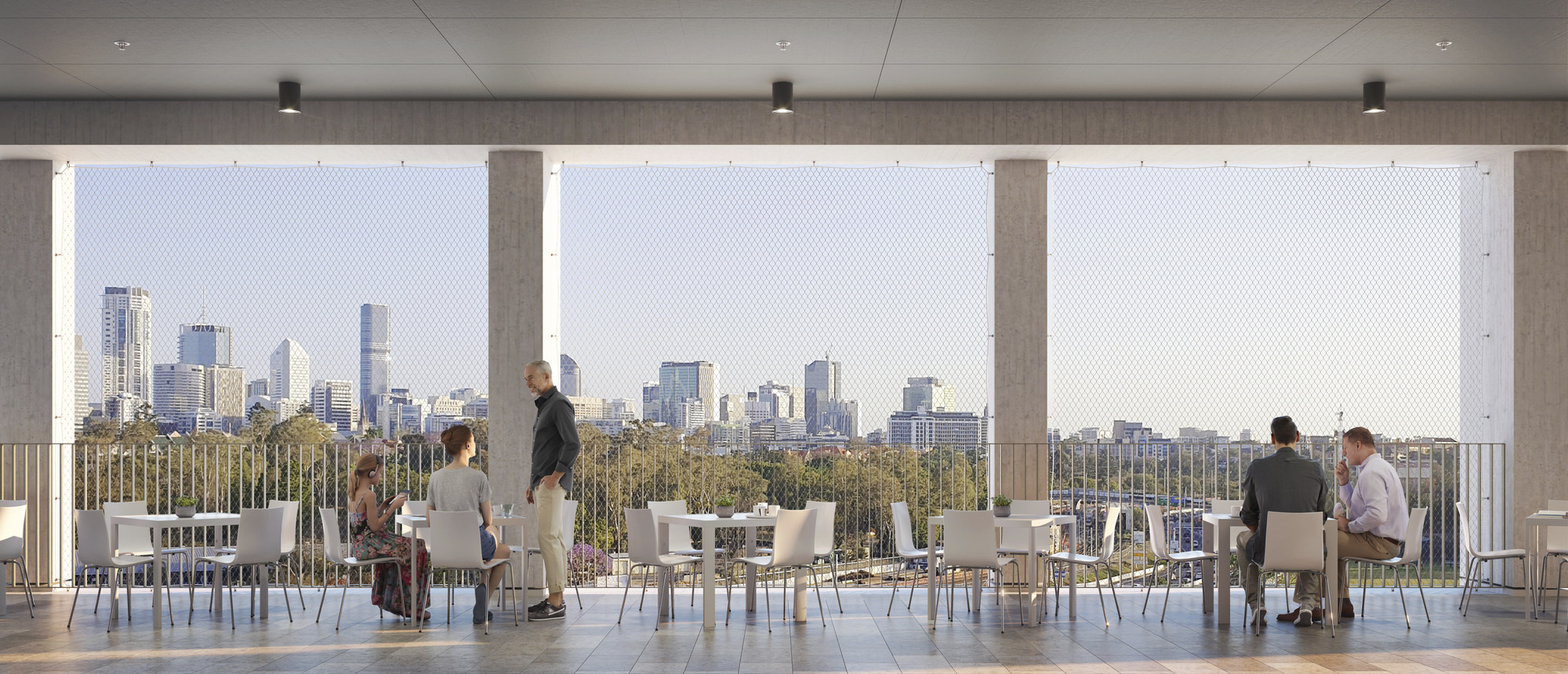
BIOPHILIC DESIGN
Hospital design focuses on the precise definition of spaces where the goal is to ensure the operation of clinical functions. But a nature-based approach to healthcare design provides a useful framework for integrating patient experience into the design process.
Humans have an innate biological connection with nature, known as biophilia. Nature-like qualities in the built environment tend to enhance positive feelings, such as calmness and a sense of control.
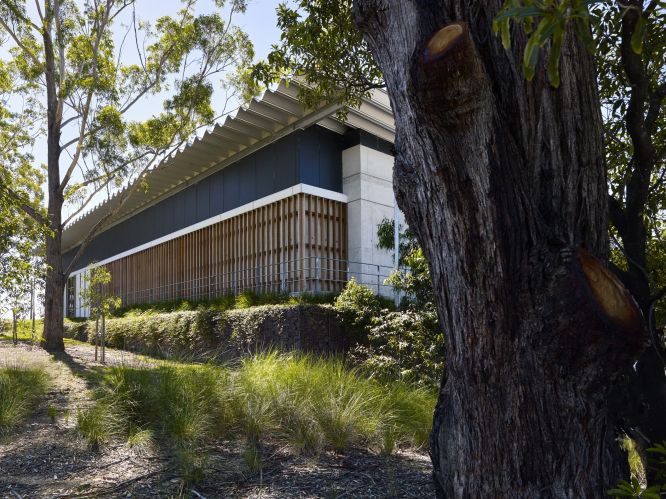
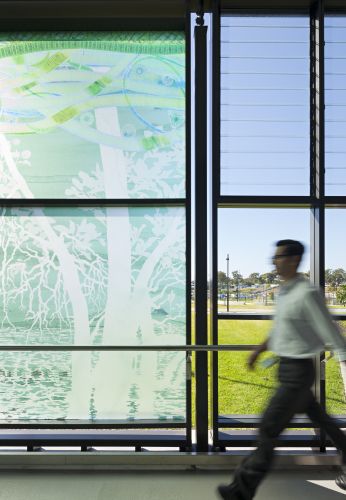
THE HEALING RELATIONSHIP OF HUMANS WITH NATURE
There’s a large body of research available on biophilic design in healthcare settings. But the healing power of nature’s attributes is often poorly applied. Biophilic design is more complex and far reaching than providing a window with a view outside or a potted plant in the hospital foyer.
Spaces that are human and connected with nature offer therapeutic benefits to patients. The positive impact on psychological and physical wellbeing can improve their ability to recover.
It’s clear that connecting with nature - real or simulated - during treatment and recovery is of great benefit to patients and consumers. A holistic view of the healing process should incorporate biophilic design elements.
As medical advances continue, designers can improve healthcare environments by applying a deep understanding of the human-nature relationship.
